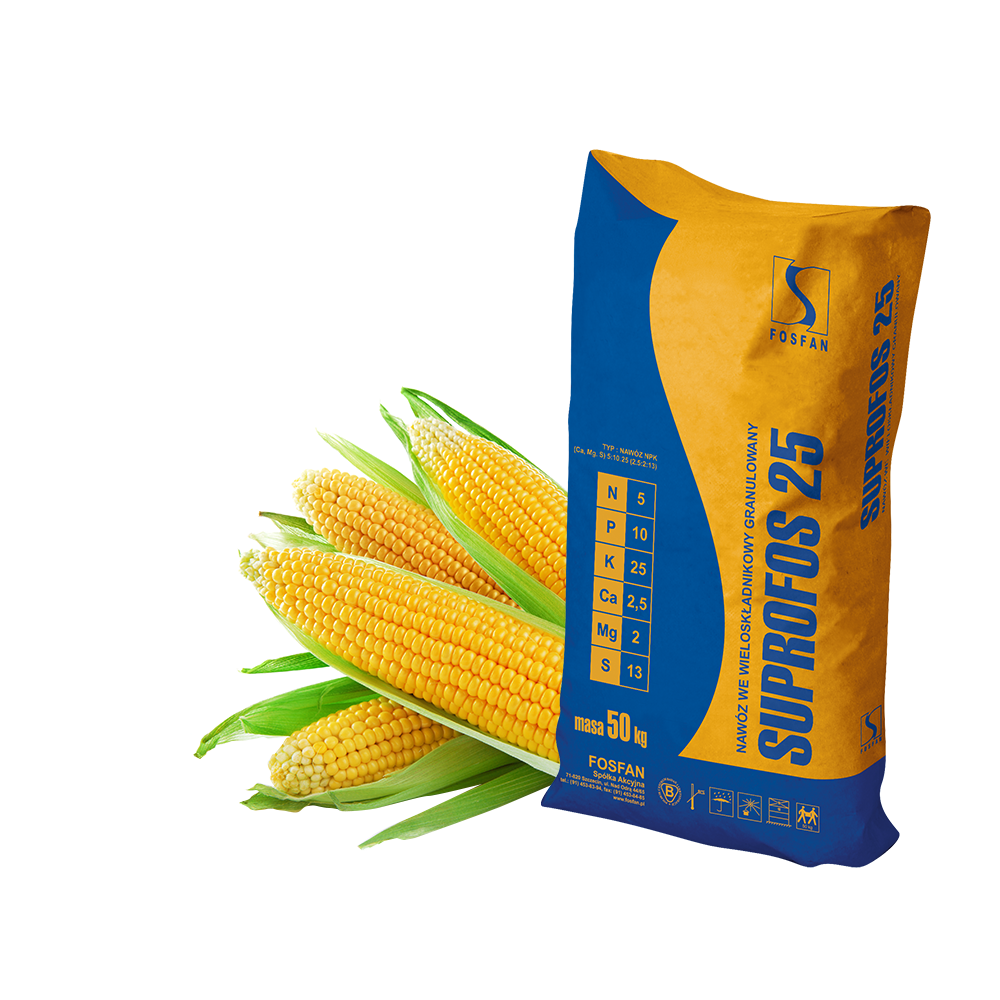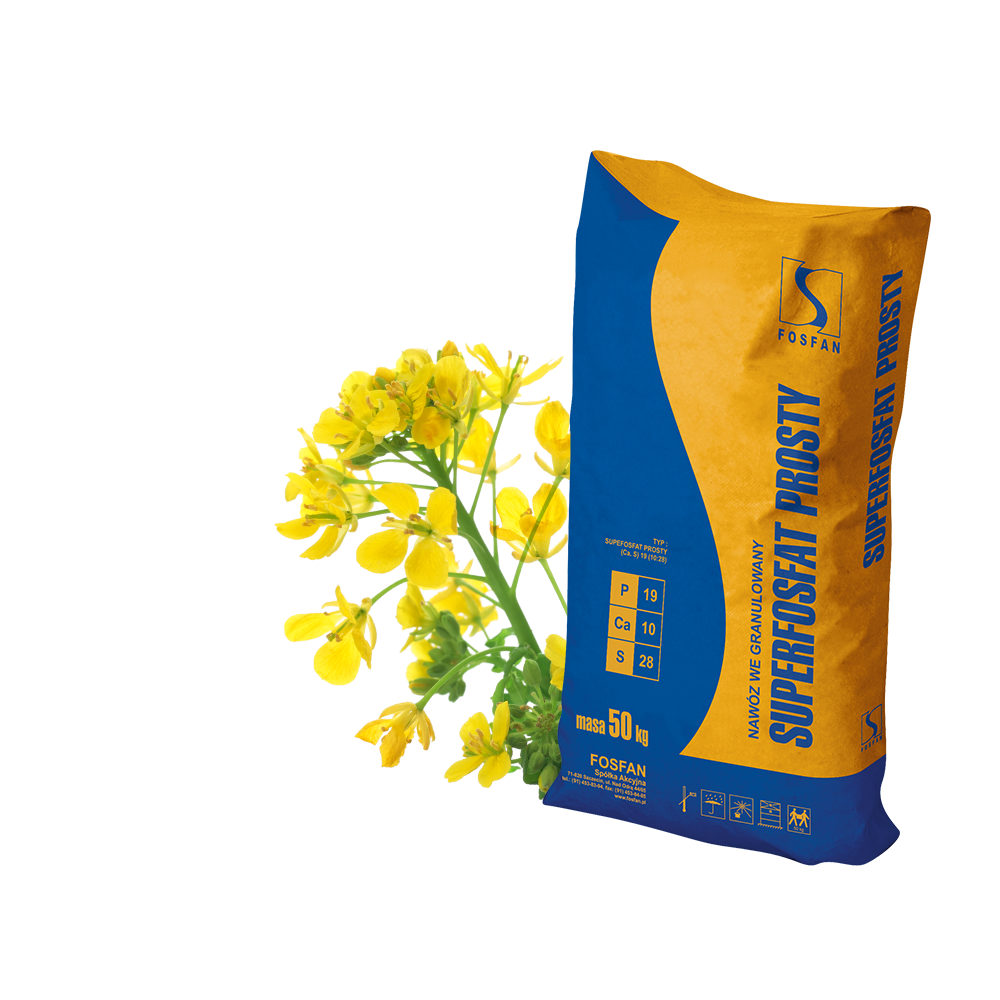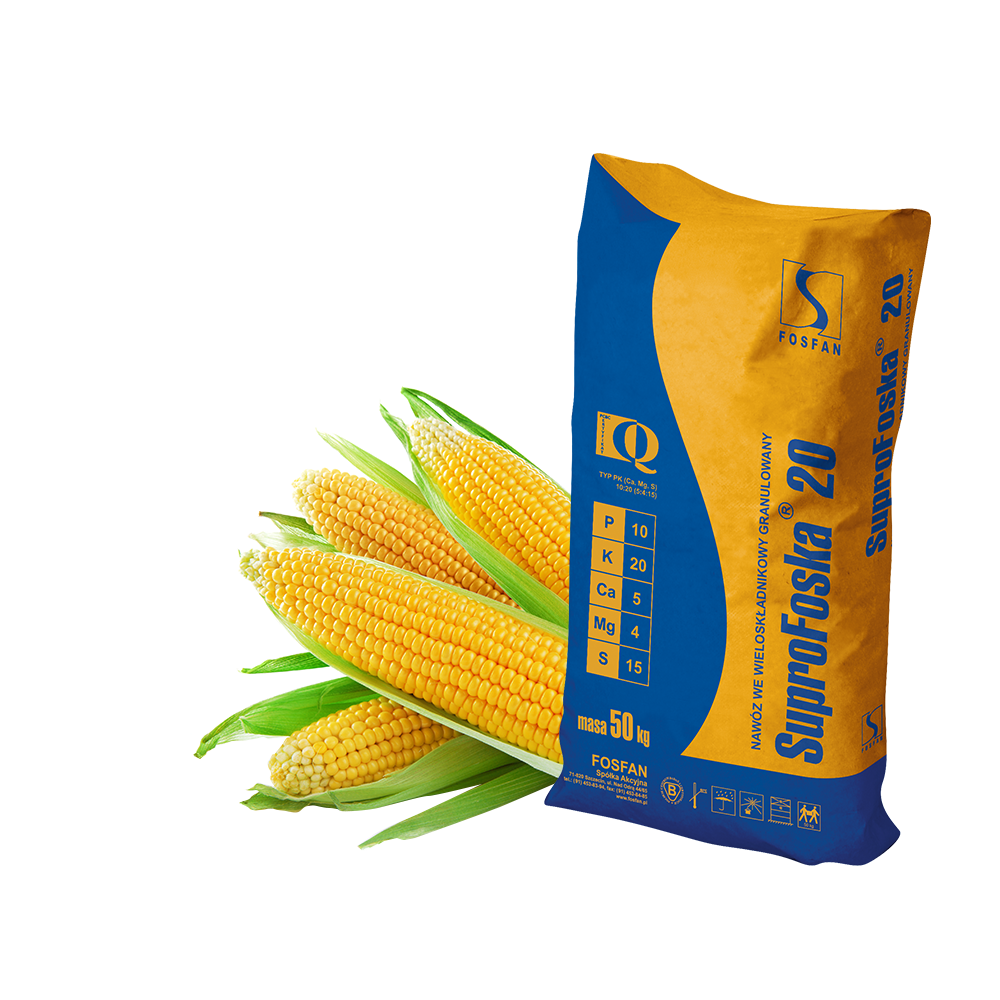Advice
Field experiments
We are one of the leading manufacturers of compound fertilizers in Poland. We want to meet the demands of our customers as much as possible therefore we systematically verify the effectiveness and suitability of our products by conducting field research on arable plants. For Polish agriculture rational fertilization, one that does not adversely affect crop yields, is becoming an increasingly serious problem.
Fertilizing experiments are the best way to check the fertilizing needs of the grown plants, because they indicate which nutrients and in what doses are appropriate for a given plant. In these experiments, the duration of the study is important, because it is only the second and third years of fertilizing experiments that bring the expected results.
The next stage of fertilizing experiments conducted jointly with the Experimental Variety Evaluation Station in Szczecin-Dąbie was completed. The main objective of our research was to compare the effectiveness and suitability of our fertilizers.
Potato crop
The first experiments concerned the verification of the efficiency of multicomponent fertilizers in growing medium late variety of potato ‘Asterix’. This experiment was founded in 2006 on the experimental plot at the Experimental Variety Evaluation Station in Szczecin-Dąbie. The experiment covered three growing seasons 2006-2008. The main goal of the experiment was to investigate the effect of three different doses of NPK (140 PK + 40 N, 280 PK + 80 N, 420 PK + 120 N) using different agricultural fertilizers by FOSFAN.
Download a description of experiment no. 1
Growing cabbage
The second experiment consisted of examining the effect of fertilization on the size and certain qualitative characteristics of white cabbage and its late variety “Mandy F”. The experiment covers two growing seasons 2000-2005. In this experiment multicomponent fertilizers of our production were applied: SUPROFOS 25, SuproFoska 20 and INMARC 4, from single component fertilizers: SUPERFOSFAT PROSTY, potassium and ammonium nitrate.
PRODUCTS











